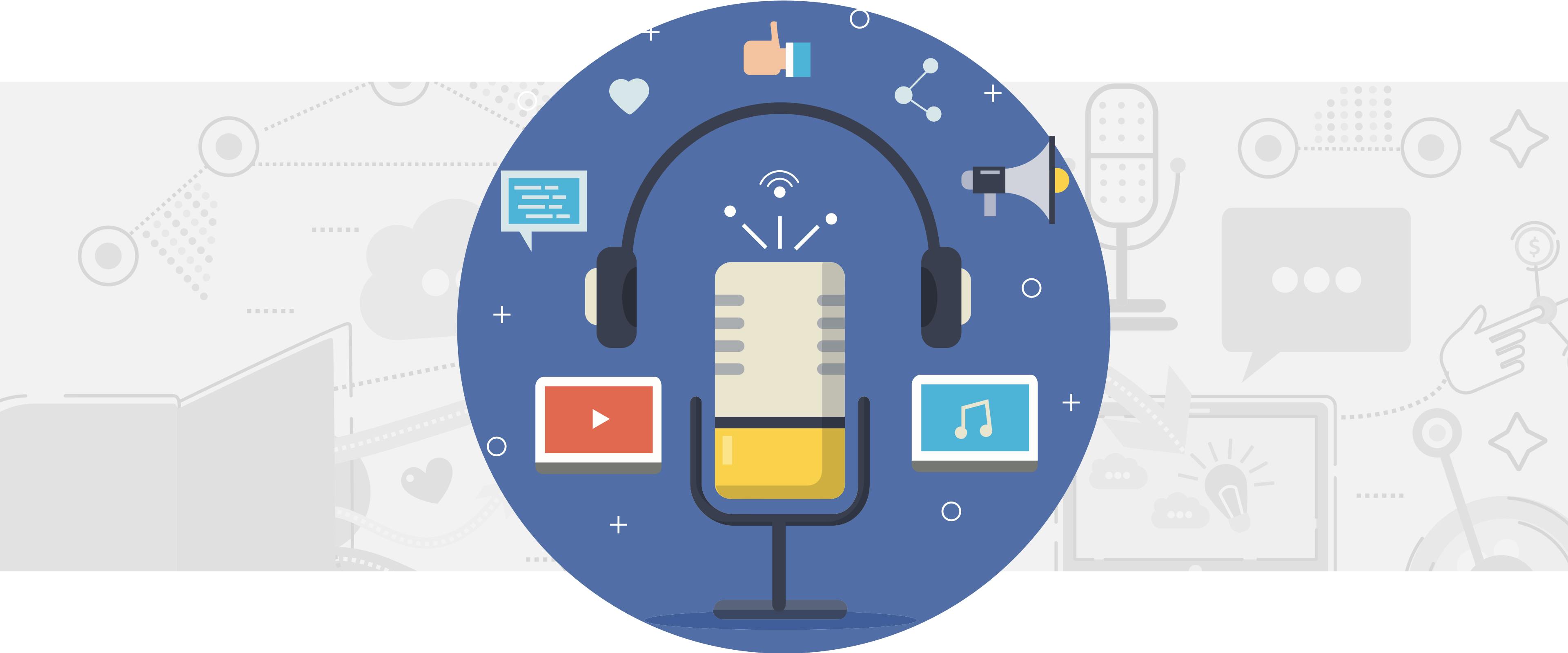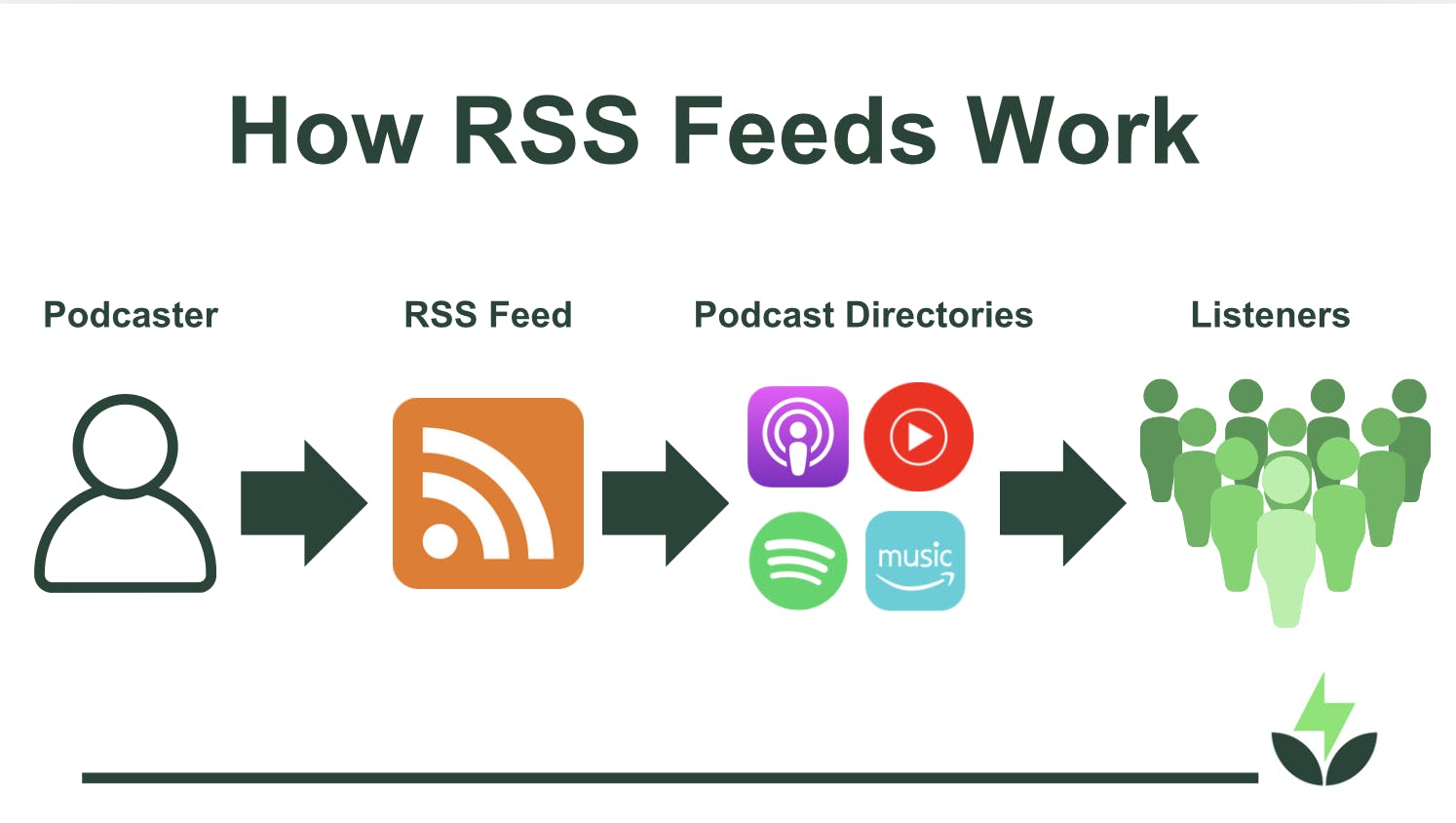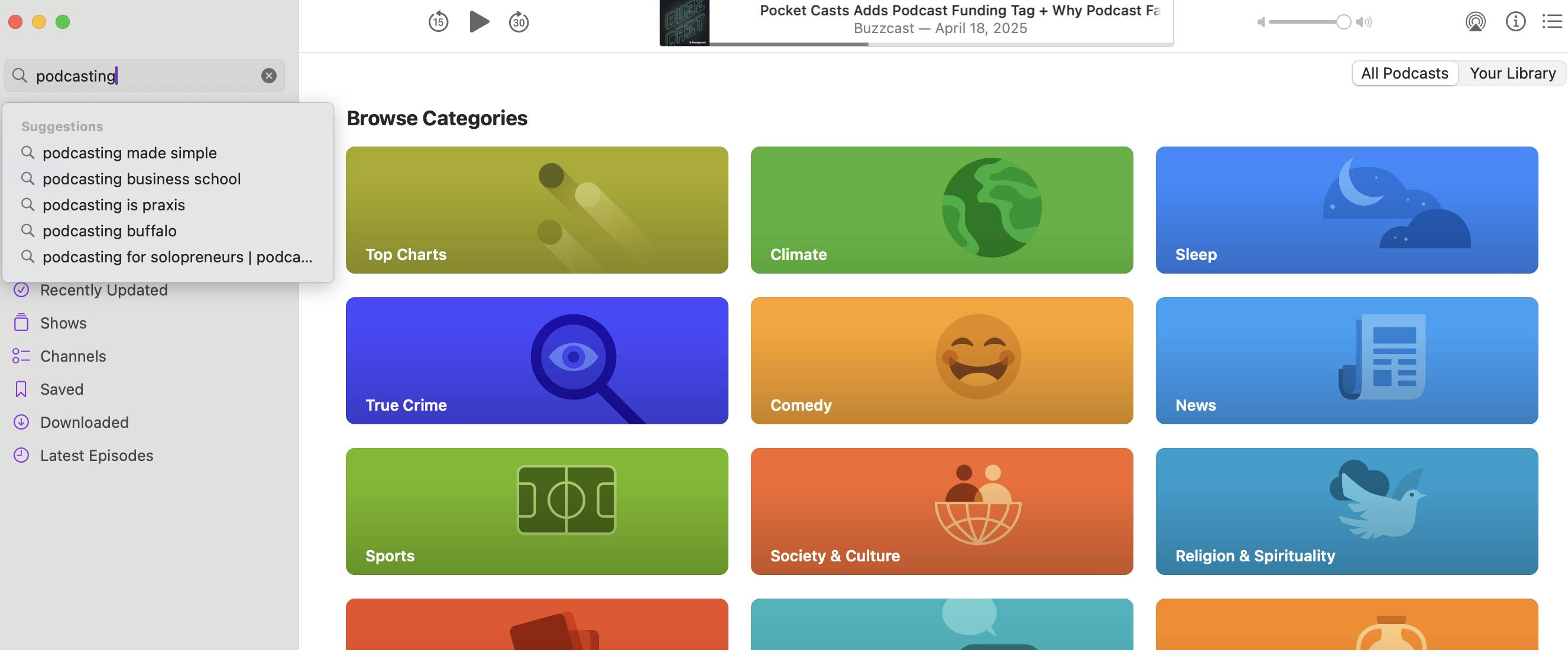
What is a Podcast?
A podcast is a series of audio episodes distributed through an RSS feed that anyone can stream or download whenever they like.
Podcasts have become one of the most popular forms of media in the world, but what exactly is a podcast?
At its core, a podcast is a series of on-demand digital audio files that listeners can stream or download. These files are usually centered around a specific theme or podcast topic and published regularly as new episodes. You can listen on the go, on your commute, or while cooking dinner, which is part of what makes podcasting so powerful.
But with more YouTube videos calling themselves podcasts and TV show creators jumping into long-form content, the definition of a podcast can get blurry. In this step-by-step guide, we’ll walk through what a podcast is, how it works, and what you need to know to start a new show.
What Makes a Podcast a Podcast?
Here’s what you’ll usually find in a typical podcast setup:
- A consistent theme or podcast topic
- An RSS feed of new episodes released on a regular schedule
- A host or co-hosted dynamic
- Powered by a podcast hosting service (like Buzzsprout, which has been hosting podcasts for 15 years)
- Availability across major podcast directories or a podcast website
- Bonus content like show notes and cover art
“Well, why don’t we find an MP3 file that’s attached to an RSS feed, and then take that out, download it… and podcasting was born.” - Adam Curry, co-founder of podcasting, on Buzzcast
Podcasts Are Audio-First and Designed for Listening
A podcast is not just a video with microphones—it’s a uniquely audio-first experience that can be streamed or downloaded from a podcast app. Unlike a radio show, which is broadcast live at a set time, audio podcasts are on-demand and available whenever and wherever listeners want.
That flexibility is a big reason podcasts have grown into such a beloved form of media. You don’t have to tune in at the right moment or stay in front of a screen. Whether you’re using a laptop, tablet, or mobile device, podcasts travel with you.
Podcasts typically cover a specific topic or niche and include a recurring host or podcast producer who guides the conversation. You’ll often hear a familiar intro, followed by interviews, storytelling, or commentary. These audio recordings are distributed through a podcast hosting service and shared across platforms like Apple Podcasts (formerly iTunes) and Spotify.

Some podcast productions sound like polished audio documentaries, while others are simple, conversational shows between friends or experts. That’s what makes podcasts so diverse—and fun to explore!
How Podcast Listening Works
Podcast listening is refreshingly simple. Just open your favorite podcast app—like Apple Podcasts, Spotify, or Overcast—and browse by category or search for specific types of podcasts you’re interested in. You can subscribe to your favorite podcasts, download episodes for offline listening, and play them back at your own pace.

Are YouTube Videos Podcasts?
You’ve probably seen YouTube videos labeled as podcasts, and while there’s some overlap, not every long-form video qualifies. A true podcast has an RSS feed containing all podcast episodes and is distributed to podcast directories. If a show only lives on YouTube and doesn’t offer an audio version, it’s not technically a podcast.
To be clear, some video podcasts do both: they release full audio content through podcast apps and publish video files online. But many of the most popular podcasts today are audio-only, and that’s by design. It allows them to focus on the listening experience without the pressure of production-heavy visuals.
Adding video can be a creative option, but it’s not a requirement for podcasting success, and it’s not what defines a podcast.
"[Steve Jobs] wanted me to bless podcasting in iTunes… I said, ‘Yeah, absolutely. In fact, I’ll give you the directory that we have to get it started.’ And that day, he announced podcasting in iTunes.” - Adam Curry, co-founder of podcasting, on Buzzcast
Conclusion
Podcasts are incredibly flexible. There are true crime shows, history series, non-fiction explainers, interview podcasts with creatives, and even full-blown audio dramas. Some are part of a larger podcast network or backed by teams, while others are created by one person in a home studio. That’s the beauty of the format—you don’t need to be a pro to get started.
If you want to start a new podcast, we can help. Check out our How to Start a Podcast guide and our YouTube channel. We can’t wait to see what you create!
Megan Nelson
Megan Nelson is the Content Marketing Specialist for Buzzsprout and host of "Buzzsprout Weekly." She has been writing about podcasting for five years.
FAQs
Do I need to make video content to have a podcast?
Nope. You can stick with audio content and still build a thriving podcast. Many creators choose not to create video podcasts, especially when starting out.
What kinds of podcasts are out there?
There are podcast formats for everyone and every target audience: interviews, solo commentary, storytelling, journalism, comedy, and more. Whether you’re into true crime, education, business, or pop culture, you’ll find a show to love!
Can I make a podcast from my phone?
Absolutely! Many new podcasters use their iPhone or other mobile devices to record their first episodes. It’s more about the podcast content than the gear.
What podcast equipment do you need to get started?
You can record your own podcast using recording software, then polish the episode using editing software. We recommend starting with GarageBand or Audacity, a microphone, and headphones! You can check out more of our recommendations here.
Is podcasting like creating a radio show?
If you’ve ever listened to a radio show or caught a story on public radio stations, podcasting might feel familiar, but the experience is different. Podcasts give creators control over individual episodes, the schedule, format, and podcast content.
